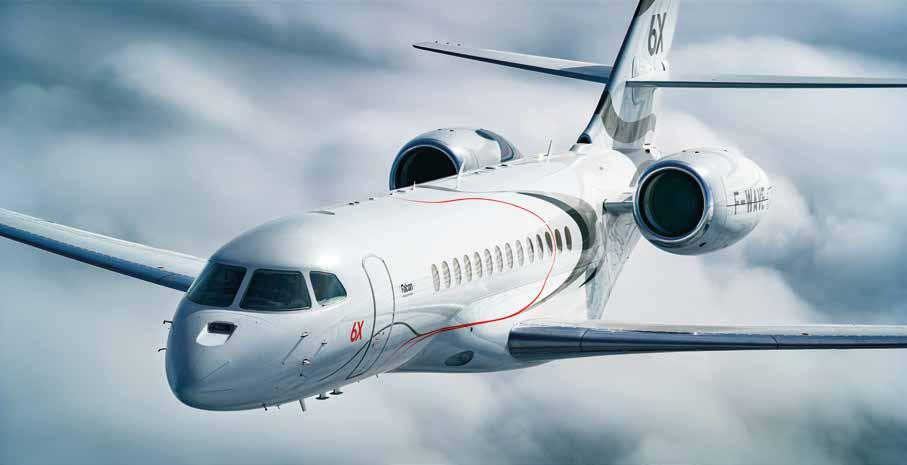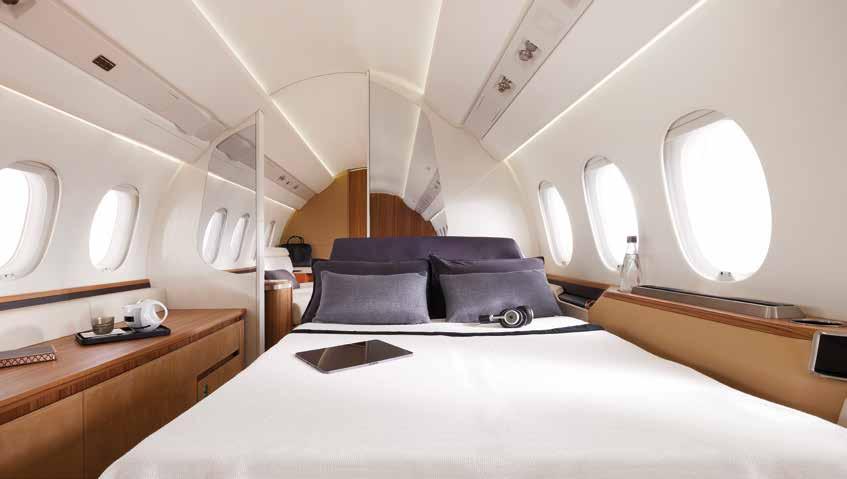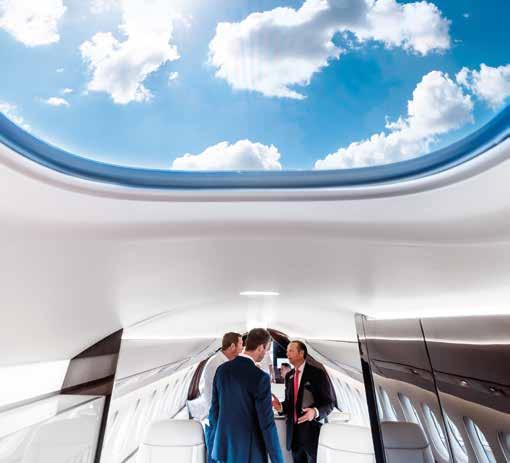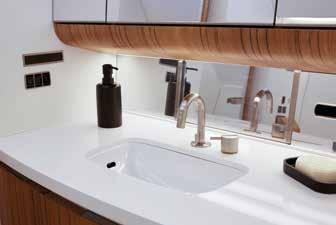










As plush and elegant as a Bentley and manoeuvrable as a fighter aircraft, the Dassault Falcon 6X seduces with on-board comfort and exceptional performance
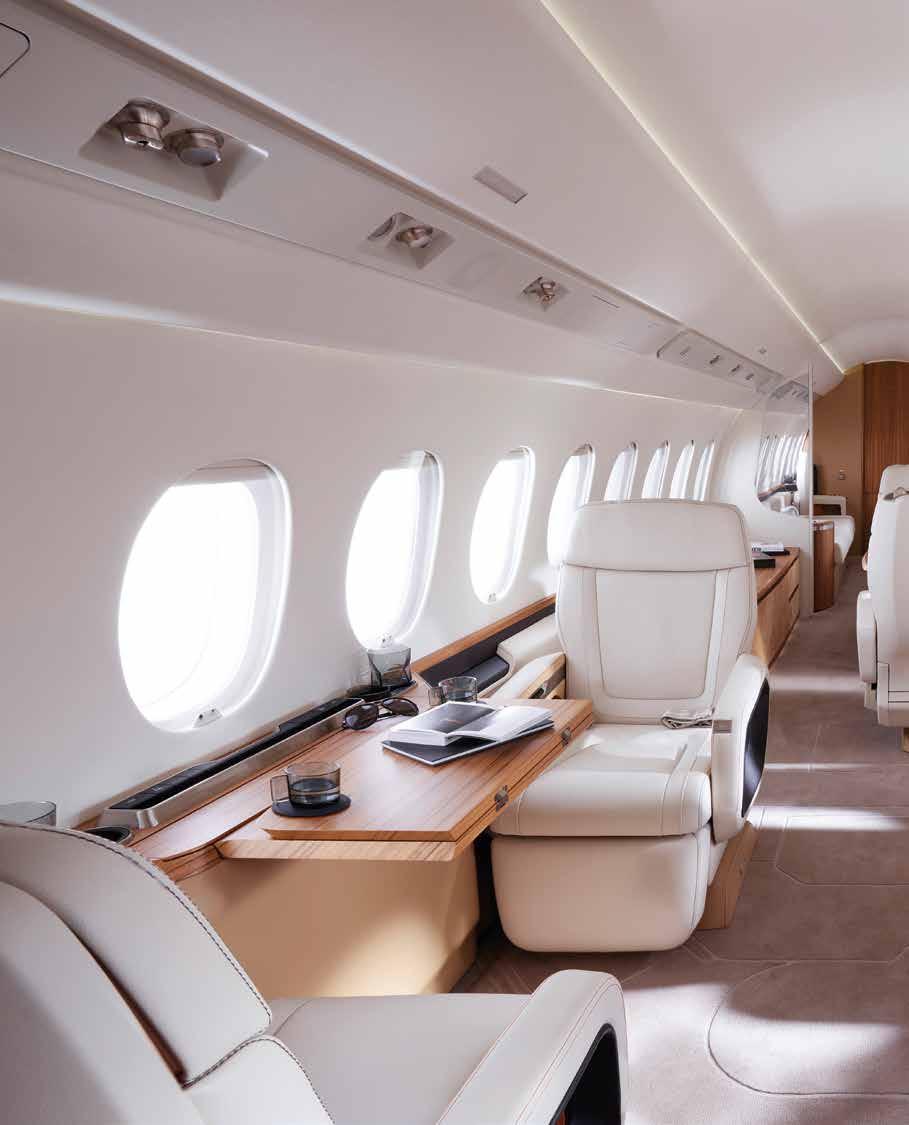 by Sergio Barlocchetti -
by Sergio Barlocchetti -


There are a thousand reasons to love this aircraft, but if you’re already a Dassault aficionado you’ll be charmed even further by the interiors and the ability to land almost anywhere. If you’re not a Dassault client, the Falcon 6X is an excellent reason to become one. Owners and pilots will love its performance and ease of handling. Just one warning – certification and entry into service will take place in early 2023, with first deliveries six months later. Every new Falcon model offers improvements over previous versions, and this one boasts the tallest, most spacious cabin in its category, with unique features and details. The cabin is 6.5 feet high and 8.5 feet wide (198 x 290 cm) with a volume of 1,843 cubic feet (52 square metres). It provides the comfort of a cabin altitude of 3,900 feet (1,180 m) at 41,000 ft (almost 12.5 km) and the opportunity to choose from a range of interior layouts catering for eight to fourteen passengers. The windows are larger than those on the previous Falcons and allow even more light into the cabin, but the most striking new feature is the skylight in the galley section, a detail inherited from Dassault’s project 5X, which the company cancelled because of development problems with the Safran Silvercrest engines. Now the aircraft, renamed the 6X, has a longer fuselage and is equipped with more powerful Pratt & Whitney PW812D engines. The 6X reflects market demand for larger aircraft offering the possibility of long-range operations. In terms of numbers, this means at maximum take-off weight the aircraft needs a runway of at least 5,840 ft (1,800 metres). It can travel a maximum of more than 10,000 kilometres across Europe or the USA without refuelling at speeds between Mach 0.8 and 0.9. Flying at the top speed of Mach 0.9, will, of course, mean a reduction in range.
A glance at the spec sheet shows that the Falcon 6X carries 33,700 lbs of fuel, which provides a range of 5,500 nm at Mach 0.8 with eight passengers and three crew on board. Passengers can while away the flight by relaxing in a proper double bed, work using the hyper-connection or partake of an elegant meal. Another observation – the interior design is in European style, without the oversized, over-stuffed armchairs so beloved of American manufacturers. The price of the Falcon, around 53 million dollars, depends on the equipment chosen, but we know that compared to aircraft by other constructors this French brand’s products retain their value better. All this leads to management costs for 400 flight hours a year of around 8,100 dollars per hour. To sum up, for passengers it’s the flying version of a Bentley, for pilots it’s a civilian – and much more comfortable – version of the Rafale fighter, with plenty of technology to reduce the crew workload, starting with 4th version of the EASy Cockpit system with the combined vision (synthetic and infrared) of FalconEye and various improvements over 6X’s bigger brother, the 8X – though this is still an exceptional aircraft - starting with an electrics system based on alternating current but especially a flight control system employing flaperon mobile surfaces (flaps that also act as ailerons), which provides great control precision. It’s not surprising, as Dassault’s Fly-by-wire system has proved to be an amazing innovation since its introduction on the 7X. If you then need to make the most of the aircraft’s manoeuvrability there’s the direct control law, without protection for the flight envelope and reactions similar to those in an aircraft with mechanical or hydraulic controls. But only use these in emergencies - you don’t want to spill your aperitif! www.dassaultfalcon.com
